Each month, Sirens co-chair Amy Tenbrink reviews new-to-her fantasy books by women and nonbinary authors—and occasionally invites other members of the Sirens community to do so. You can find all of these reviews at the Sirens Goodreads Group. We hope you’ll read along and discuss!
This month, Hallie Tibbetts reviews Suzanne Collins’s A Ballad of Songbirds and Snakes!
In 2008, at a book fair, I got an advance copy of The Hunger Games by Suzanne Collins, and then stayed up all night in what I remember as the dirtiest hotel room in all of Los Angeles reading it. Once, twice, maybe three times a year I run across a book that completely transports me and, when I’m finished, leaves me with the disorientation of falling out of the story’s world and back into my own. The Hunger Games was one of those reads. I’ll spare you the details of the room, but recall for you how it felt to be completely immersed in the story of a girl whose simple desire to save her sister became an uneasy attempt to save her world. Of a girl who wanted no part of heroism, but chose a path of survival, rebellion, and protection of others over and over.
When a prequel for the series was announced, it was rumored that The Ballad of Songbirds and Snakes would be Mags’s story. I was on board for finding out how Katniss’s octogenarian ally in the 75th Hunger Games achieved victory in the 11th, and then went on to be a mentor who volunteered in the place of others. But it was not to be: Songbirds and Snakes is instead set during the 10th Hunger Games, and about Coriolanus Snow, the president and main villain of the original trilogy.
I lost interest completely.
As it happens, though, I was given a copy of Songbirds and Snakes this summer. I work in publishing, and am always buried under my to-read pile; it’s sometimes enough to know the gist of a juggernaut for comparison titles and cocktail parties, so I still didn’t plan to read this book. Curiosity eventually won out. Consternation kept me reading.
Coriolanus Snow, Coryo to his closest friends, equivalent to a high school senior, lives with his cousin and grandmother in a once-glamorous penthouse apartment. His parents—a general and a woman described as vapid—are dead. His cousin picks up a little tailoring and fashion design work; his grandmother has embraced the Capitol’s propaganda. Soon, an increase in taxes will force them out of their home, which is a great embarrassment to Coriolanus. He struggles, at times, with memories of the war. The cannibalism. The bombings. The way his family fell from being wealthy to just hanging on (a fact that he hides through indelible charm, but he won’t be able to keep up the charade for much longer).
From the beginning, there are hints of Coriolanus’s affluenza, and of his seeming inability to truly see any other human as his equal. At first, his detachment can be excused by his care for his remaining family and the psychological consequences of the atrocities he witnessed. Still, early on, he describes his cousin as the sort of girl who “invites abuse.” For a moment, I was breathless, seeing that so blatantly stated. Why would an author whose work I respect allow this character to promulgate something so untrue? It takes a while for Coriolanus’s character to become clear, and for it to become clear that Collins intended this callousness as a defining trait. Coriolanus believes his cousin “invites abuse” because he understands abuse. Other people are not individuals. Their lives are not precious. Here is a boy who would never, ever volunteer as tribute.
This is where my readerly consternation comes in.
We already know that Coriolanus is a villain; we have the rest of the story, and we know there is no possibility of redemption. I question, very much, whether we need more stories of how young white men become villains. You can try to say that we have to unravel the reasons, that we have to understand the downward spiral so we can prevent it. You can say that there are infinite tales in this trope alone. But I’m pretty sure I’ve heard them all.
And yet, I found myself wishing to see Coriolanus at an earlier point in his story because I wanted to see what makes him choose, of all possible paths, the ones that lead him to his eventual end. Maybe I wanted to feel how his love for his family prompts his decisions—but then again, I don’t want any more stories of women dying to give a man purpose, or even portrayed as incapable of playing some part in their own rescue. Collins avoids this to an extent; cousin Tigris is hustling to start her career, and it’s hard to fault the grandmother for clinging to the post-war regime for her survival when a broken elevator means she can hardly leave her crumbling building. It’s a long way, though, from scrambling for a leg up to becoming the leader of a country that sacrifices children for entertainment—the circus for Panem—and then I think: I don’t need any more stories that show a villain’s fraudulently reasoned choice to be evil. I can turn on the news and be inundated with that right now. But we’re not meant to have a reader-character connection, at least not at the beginning. Where The Hunger Games uses a compelling first-person narrative, The Ballad of Snakes and Songbirds follows Coriolanus in a surprisingly cold third. Collins keeps readers at a stiff arm’s length, and—perhaps too kindly—gives us insight into his mindset, but doesn’t let us get too close.
Something Suzanne Collins does very well is incorporate the dark side of media into her stories while asking readers to critique their own engagement as consumers. (I speak about the books, and not about such things as movie tie-in makeup product campaigns where one can purchase a palette of Capitol-inspired eye shadow without ever considering the absurdity of the optics.) During the 10th Hunger Games recounted in Songbirds and Snakes, the games have been flagging. Coriolanus and his graduating classmates are selected to act as the first ever mentors, and the one who mentors the winner will receive a full ride to university, something Coriolanus desperately wants to leverage for salary and security as well as to cover up his family’s depleted finances. The mentors get a taste of fame when they’re interviewed to break up the coverage of the less-technological (almost analog) competition of the time. The longer a tribute stays in the games, the longer a mentor stays on TV. Even a bad death is good publicity when you understand the power of the screen.
The students are also tasked with coming up with ways to add excitement to the games. Some of the excitement invents itself: Rebels bomb the arena, creating hiding spots that allow the tributes to survive longer than the previous bare-bones venue allowed. But the government solicits the younger generation for new audience engagement schemes; their ideas spin the games toward the future high-tech nightmare. Coriolanus offhandedly suggests betting on the tributes, and this becomes a new initiative that brings in money for the government while ensuring the odds won’t be in any tribute’s favor.
The tributes, too, must work the public’s magnanimity. Lucy Gray, the underdog tribute from District 12 who Coriolanus suspects is assigned to him so that he will lose the games, is a singer, an entertainer—a master storyteller—who is so charismatic, one wonders why Coriolanus of the future doesn’t immediately suspect Katniss Everdeen of manipulation. Of course, for Coriolanus, no one else could be as clever as he. He cannot see that he is a teenager, lacking a mentor, raised in a world with little compassion, blithely throwing out ideas for the games with no regard for humanity. There are no adults in his life who ask him to analyze the results of his ideas for inherent harm, only those who encourage stripping others of their autonomy.
All of Coriolanus’s machinations would be stifling to read about if not for a secondary character that I more than once wished were the protagonist instead. Sejanus Plinth moved to the Capitol from District 2 as a child after his father became wealthy. Though Coriolanus sees the Plinths as hopelessly backward and sneers at their new money, he secretly wants their comfort for himself. Sejanus is, in Coriolanus’s mind, naïve to care about class differences and rebellions when fitting in is the path to safety and power. I’d also have enjoyed the story of a small group that included Sejanus and Coriolanus working through the difference between what they’ve been told to believe in the Capitol and the truth of their world, because realization and awakenings are central to young adult literature and also themes that follow people throughout their lives. Because, again, as we all know, Coriolanus is choosing villainy, and Sejanus is choosing something else.
And, again, it’s not that we can’t or shouldn’t read about villainy, or tragedy—and it is a tragedy when any one of us refuses responsibility to care for others—but why this?
I’m a fast reader, but it took me two months to read all of Songbirds and Snakes; I stalled out just past the halfway point in frustration (and, admittedly, due to life events, social media overload, too much bad TV, work deadlines, a surfeit of email, overdue personal projects, and other distractions). In the meantime, I zipped through a copy of Goldilocks by Laura Lam, which engages with some of the questions I’d been turning over in my mind while trying to figure out the why of this prequel, and that prompted me to finish my read and review project. Surely, there had to be more to Songbirds and Snakes.
I picked the book back up as the 10th games come to a close and Lucy Gray is named victor. Coriolanus should be fine—he’s passed himself off as a clever and kind soul. His education will be paid for. The girl he grew to love over the course of the games (oh, you expected that, didn’t you?) lives. Then, a moment when he gamed the games comes to haunt him. Not all is lost, as he becomes a Peacekeeper to avoid punishment, and asks to be assigned to District 12. It’s not the life he wanted, but perhaps he can make something of it with his love nearby. The reality of life in the districts and the monotony of the military seems at times a soporific routine and at others brings the despair of a bleak, dull, and impoverished future—and then Sejanus reappears. Sejanus, instead of being a model for Coriolanus, is an unwitting catalyst for Coriolanus’s beliefs. Coriolanus doubles down: “The Hunger Games are a reminder of what monsters we are and how we need the Capitol to keep us from chaos.” (343)
As Peacekeeper duties begin, and Coriolanus witnesses his first death at the hanging tree of song in The Hunger Games, he wonders how the rebellion, distant then and underpowered now, survived on anger instead of might. He knows that there used to be a District 13 and it is gone, so he believes that rebellions can be truly stamped out if there is a big enough show of power. The toxicity in him grows. He patrols, gun in hand. In District 12, poverty is everywhere, and he finds it reasonable to blame the poor for their plight. He sees why the Capitol should send money for property over people. It’s Sejanus who questions the Peacekeepers, and as before, Sejanus’s compassion perversely causes Coriolanus to dig in his heels, deny his own misgivings, and further embrace authoritarianism.
In spare hours, Coriolanus spends time with Lucy Gray’s (found) family, the Coveys, a tight-knit group of performers that get by, in their way, with strength and grace. Their story incorporates both old and invented Appalachian music, a real hidden gem for series readers, as we find out how some of Katniss’s songs came to be. Music nerds might know that Appalachian music has many influences, and that late nineteenth and early twentieth century historians avidly traced back snippets of song to sources overseas. Even when the memory of origins was lost, the rhythms and melodies and lyrics remained. In Songbirds and Snakes, the inclusion of songs nods to the other books in the series, set in the future, while reminding us how easily the past is wiped away.
History lost—and suppressed—is doomed to be repeated, and it’s bittersweet to see the cycle of loss and erasure in this plotline.
But back to the Coveys. Even surrounded by a working collaborative effort, Coriolanus can’t comprehend how humans might be kind to one another without force; he thinks that only authority can prevent a descent into disorder. Perhaps that’s the tragedy—the distrust, the lack of empathy, the anger at losing control over others. Perhaps you know a tragedy yourself.
I won’t spoil the ending, other than to say that Coriolanus takes brave actions for himself that also betray the people he claims to care about. I sometimes say that the challenge of being a human is pretending you aren’t an animal. It’s Lucy Gray who sums up for me how one can fail this choice: “You know when you’ve stepped across the line into evil, and it’s your life’s challenge to try and stay on the right side of that line.” (493) The Ballad of Songbirds and Snakes is Suzanne Collins’s exploration of what happens when one doesn’t care about the right side of the line, especially when good is in danger of being usurped by evil.
It’s in the last pages that I finally find the gut punch, leaving me dazed. Coriolanus is smart. Arrogant. He believes himself exceptional. As a child, I was all of these things; you can draw some weird conclusions from praise and success stories. While I didn’t grow up to be the tyrannical leader of a country that sacrifices children, there is a frightened part of me that recognizes the desire to be in control, to be perfect, to save myself first. I didn’t grow up to be an abjectly horrible person, so what nudged me, over the years, to be more open minded, to be kinder, to lick my wounds and learn from mistakes and try to do better next time?
I don’t have to look far to see people operating with an open lack of empathy and every bad trait I could have exemplified. Every terrible, miserable, alternate-reality version of me.
If someone had known how to tap into my deepest, unspoken fears and offered me everything I wanted, would I have taken their hand?
There it is. Suzanne’s Collins knack for drawing us into the actions of others, and reminding us that the filter of entertainment is no excuse. We must constantly, consistently ask if we are complicit. And we must keep choosing to be on the right side of the line.
G – Bb – A – D.
Hallie Tibbetts works in children’s publishing, editing books for all ages. She has a love of adventure, travel, interesting food, and dinosaurs (preferably all at once). She is one of the founders of Narrate Conferences, the presenting organization behind Sirens, and has served in various roles, including conference chair and programming coordinator. On occasion, she tweets: @hallietibbetts
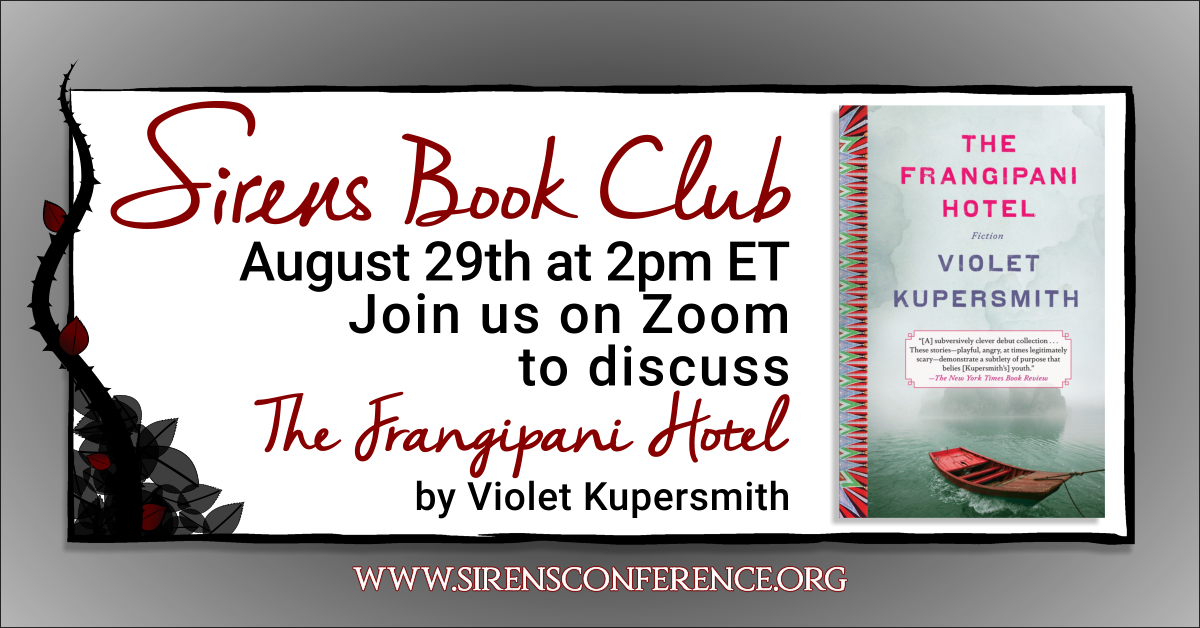

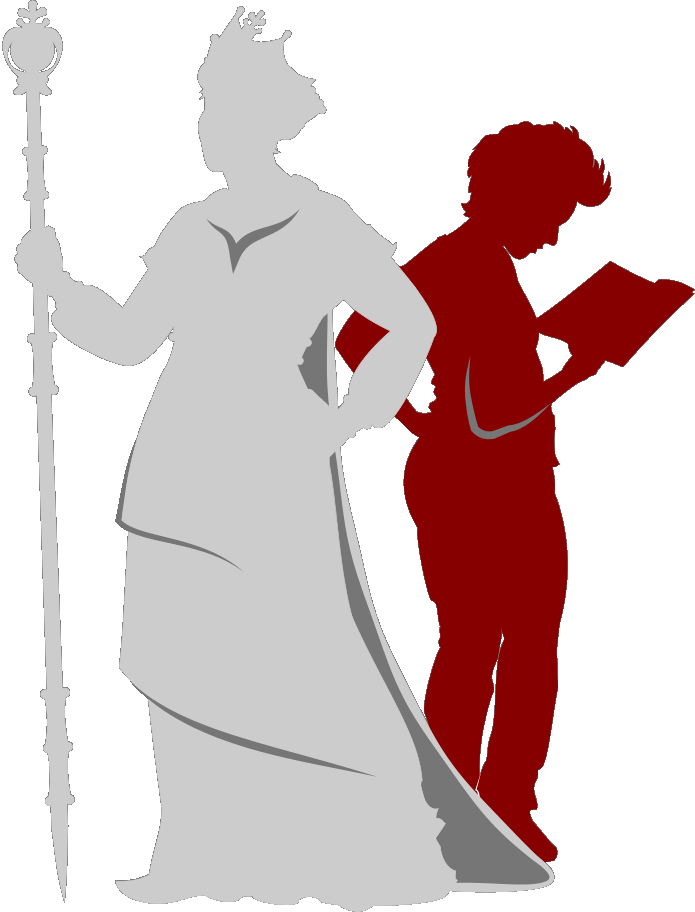


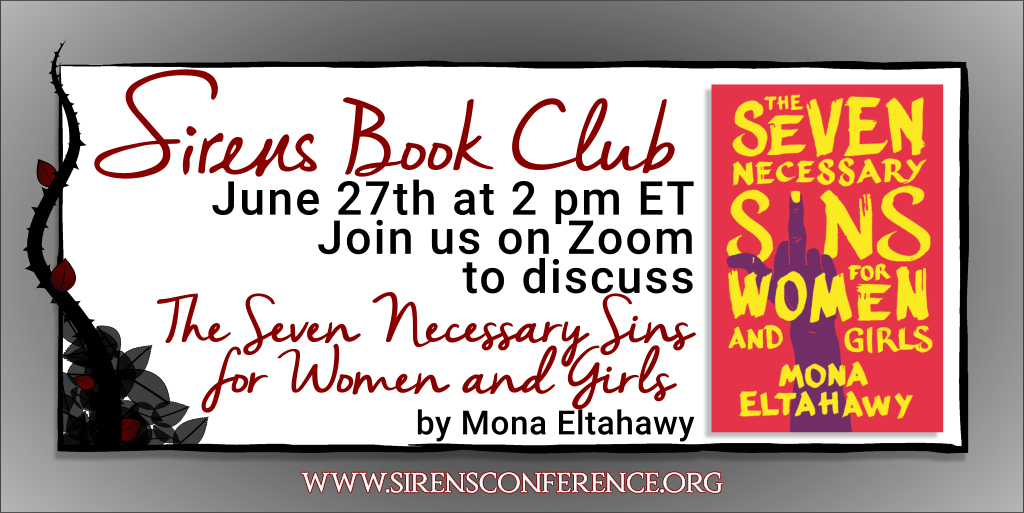
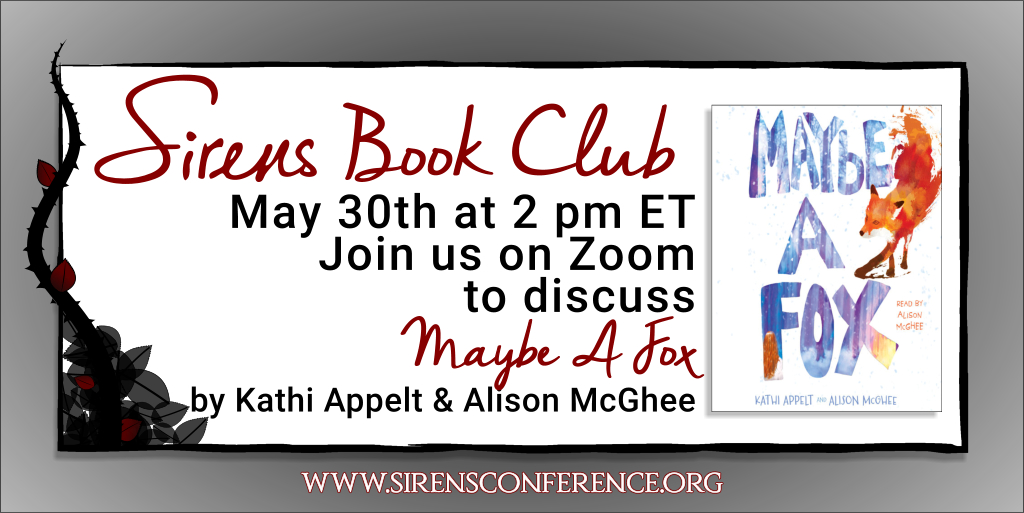
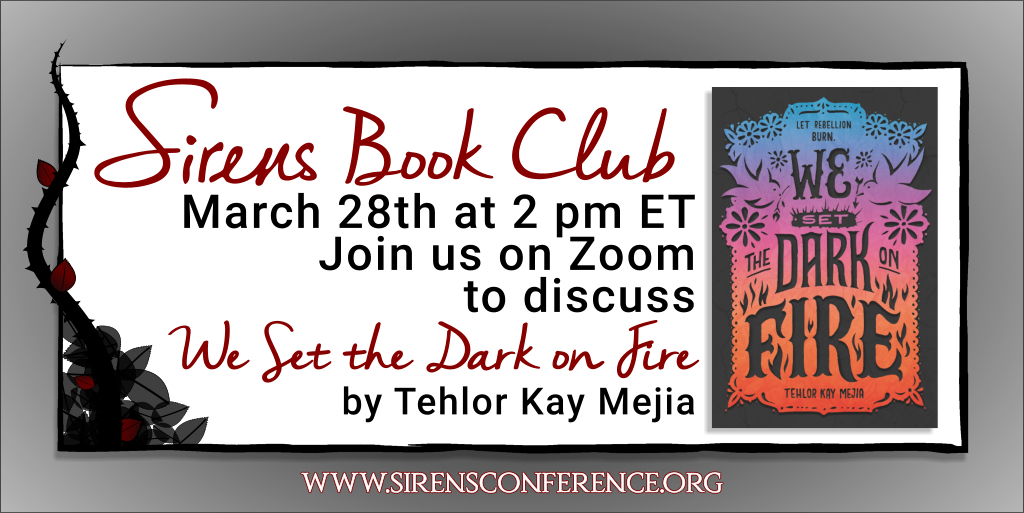
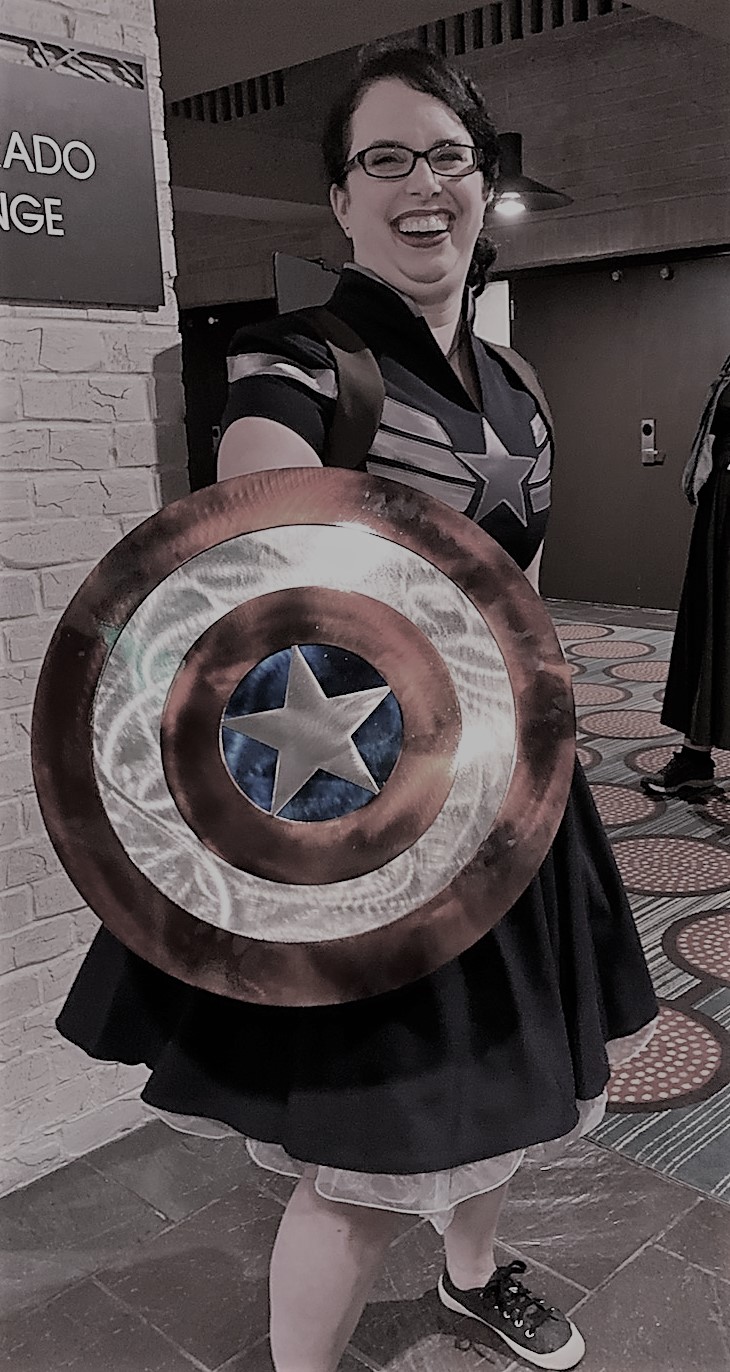 By day, Amy Tenbrink dons her supergirl suit and handles strategic and intellectual property transactions as an executive vice president of a major media company. By night, she dons her supergirl cape, plans literary conferences, bakes increasingly complicated pastries, and reads 150 books a year. She is a co-founder and current co-chair of Sirens, an annual conference dedicated to examining gender and fantasy literature. She likes nothing quite so much as monster girls, flagrant ambition, and a well-planned revolution.
By day, Amy Tenbrink dons her supergirl suit and handles strategic and intellectual property transactions as an executive vice president of a major media company. By night, she dons her supergirl cape, plans literary conferences, bakes increasingly complicated pastries, and reads 150 books a year. She is a co-founder and current co-chair of Sirens, an annual conference dedicated to examining gender and fantasy literature. She likes nothing quite so much as monster girls, flagrant ambition, and a well-planned revolution.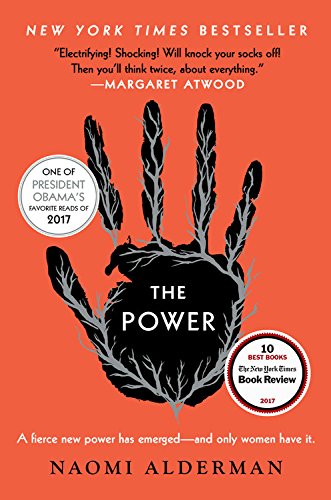
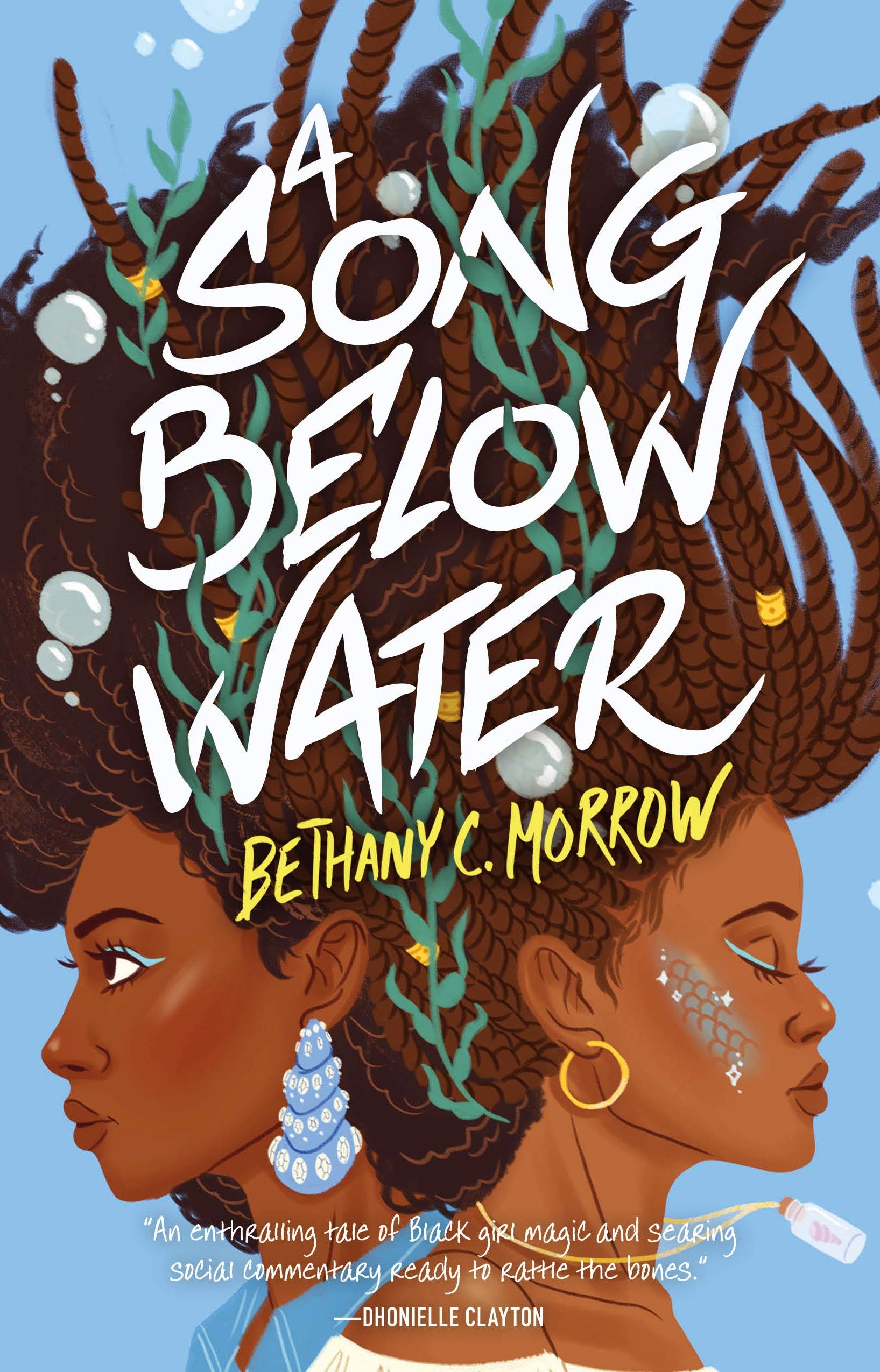
 Faye Bi is the director of publicity at Bloomsbury Children’s Books, and spends the rest of her time reading, cycling, pondering her next meal, and being part of the Sirens communications team. She’s yet to read an immigrant story she hasn’t cried over, and is equally happy in walkable cities and sprawling natural vistas. You can follow her on Twitter
Faye Bi is the director of publicity at Bloomsbury Children’s Books, and spends the rest of her time reading, cycling, pondering her next meal, and being part of the Sirens communications team. She’s yet to read an immigrant story she hasn’t cried over, and is equally happy in walkable cities and sprawling natural vistas. You can follow her on Twitter 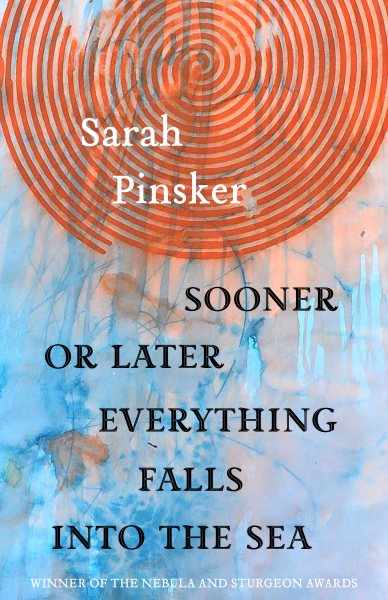
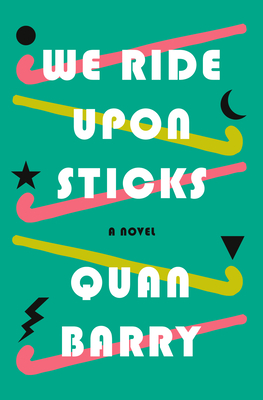

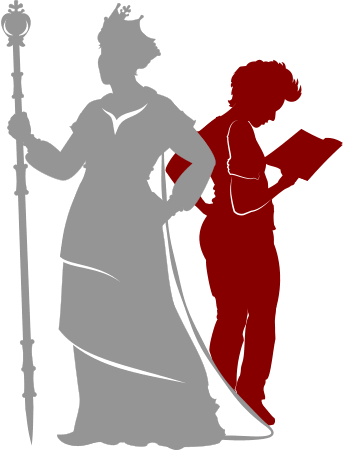

Connect with the Sirens community
Sign up for the Sirens newsletter